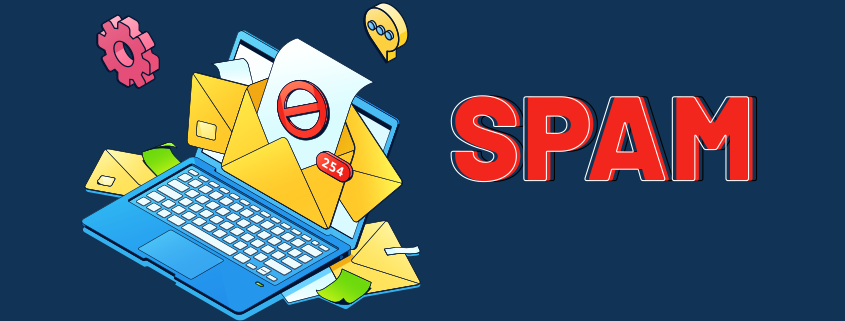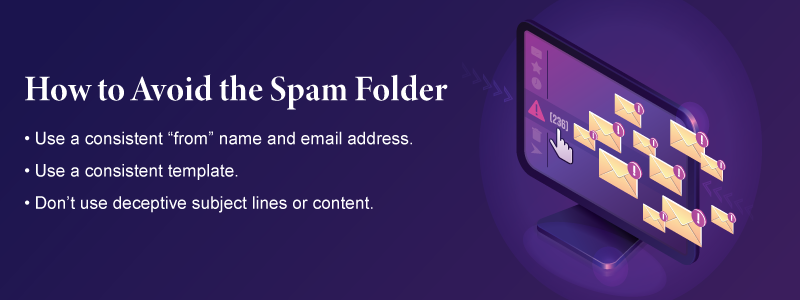How to Avoid the Spam Folder with Transactional Emails
Transactional emails are messages sent in response to an action your customers take. They can be order receipts, password resets, shipping confirmations, and more. Because transactional emails are so important for keeping your customers informed and engaged, it’s critical that they avoid being caught in the spam filter. Here are some best practices for ensuring your transactional emails make it to the inbox every time.
Use a consistent “from” name and email address.
If your transactional emails are coming from a different “from” name or email address each time, it’s going to be more difficult for recipients to recognize them as coming from a trusted source. This is one of the quickest ways to get tossed into the spam folder. To avoid this, use the same “from” name and email address for all of your transactional emails. Bonus points if you can use a “from” name that’s recognizable and associated with your brand (e.g., “[Brand] Support”).
Use a consistent template.
Just like with your “from” name and address, using a consistent template for your transactional emails will help recipients recognize them and know they can be trusted. Your template doesn’t need to be complicated; in fact, simpler is often better when it comes to transactional emails. Just make sure it includes all of the necessary information in an easy-to-read format, and that it uses branding elements (like your logo) that recipients will recognize.
Don’t use deceptive subject lines or content.
Your subject line should clearly and concisely describe what’s inside the email. Likewise, the body of your email should not contain any false or misleading information. Not only is this bad business practice, but it will also get you flagged as spam faster than you can say “unsubscribe.” So play it straight—your customers will appreciate it, and so will their inboxes.
Use a double opt-in for your transactional emails. This means that when a subscriber signs up for your service, they must confirm their email address before they start receiving transactional emails from you. This may seem like an extra step, but it’s worth it to make sure that your emails are going to people who actually want to receive them.
Keep your list clean. Sending transactional emails to unsubscribed or inactive users is a surefire way to end up in the spam folder. Make sure to remove inactive subscribers from your list regularly and only send transactional emails to people who have opted in to receive them.
Avoid using excessive exclamation points!!!!! Using too many exclamation points in your subject line is a red flag for spam filters. Stick to one or two exclamation points at most to avoid raising any flags.
Use a consistent format for your transactional emails. If you’re sending HTML emails, make sure that they’re formatted consistently across all platforms. Recipients should be able to tell at a glance that the email is from you and know what action they need to take, whether it’s clicking on a link or opening an attachment.
Conclusion:
Transactional emails are crucial for keeping your customers informed and engaged—but only if they actually make it to the inbox! By following these simple best practices, you can ensure that your transactional emails bypass the spam filter every time and make their way into the inboxes of your most important contacts.
Click here to learn more about Apex Theorem and our services




